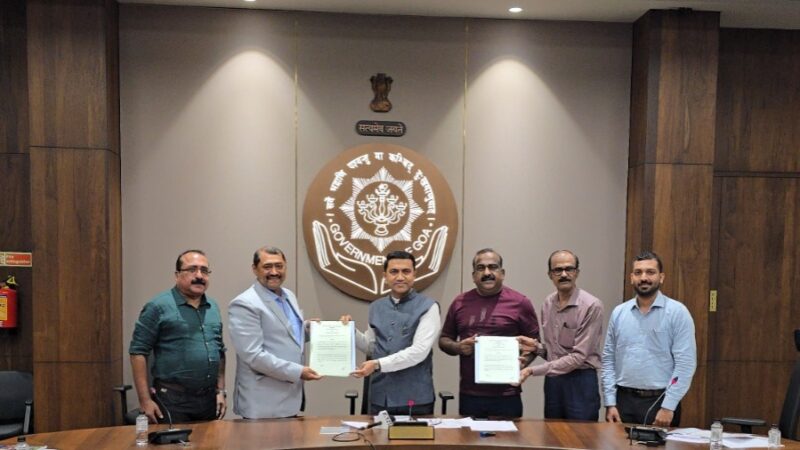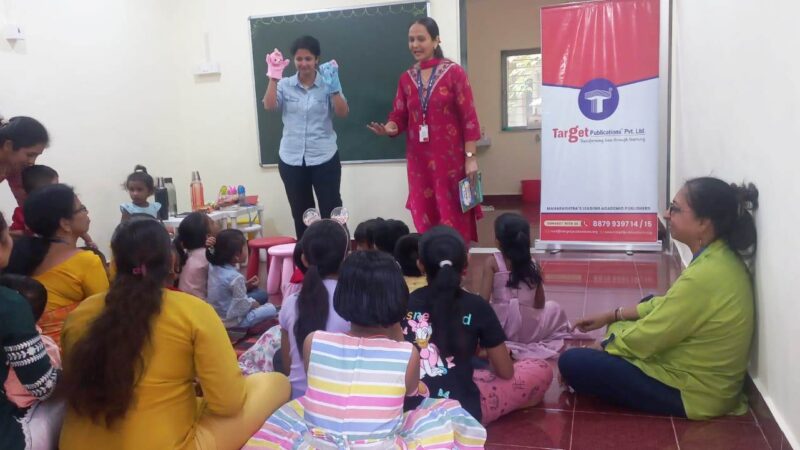We must build a society where women are not afraid to live their lives: Nayana Chowdhury

The horrific incident of the brutal rape and murder of a trainee doctor in Kolkata has sent shockwaves across the country. This has once again highlighted the issue of safety of women and girls in India. Despite major advancements in science and technology, women’s safety and well-being continue to remain stagnant, particularly in workplaces. “Social norms are stacked up against women and girls. Violence against women is normalised to such an extent in our culture that women are not considered human beings; ill-treated and consistently objectified. The growing incidents of rape and murder highlight how women are being dehumanized as no human being could unleash such brute force,” Nayana Chowdhury, Chief Program Officer at Breakthrough. Breakthrough works with over 1.5 million adolescents in schools and communities to mould gender attitudes and beliefs before they solidify into behaviour.
The NCRB Report 2023 shows that crime against women in India has increased by almost 4% in 2022, with reported cases rising from 4,28,278 in 2021 to 4,45,256 in 2022. Additionally, the report indicated that the crime rate per lakh women population rose from 64.5 in 2021 to 66.4 in 2022. “There is much that needs to be done to end this, starting from strengthening preventive mechanisms, shifting regressive social norms, building awareness and affirmative action towards building a society where women are not afraid to live and reach their full potential, are treated equally and are safe inside and outside their homes,” emphasizes Nayana.
The National Family Health Survey-5 report revealed an alarmingly trend when it comes crimes against women in India. The survey noted that nearly one-third of women in India have experienced physical or sexual violence. “Systemic change and strict action are critical to stop these incidents from recurring. There is a long way to go but with each step in the right direction, positive change can be achieved,” points out Nayana.
State and central governments along with NGOs and Civil Society Organizations should join hands to identify sustainable solutions for ensuring the safety and well-being of women. As a fast-growing economy in the world, workforce participation of women plays a key role in India’s growth. Reports suggest that next five years are critical for India to achieve better and sustained growth rates, but this can only happen if more and more women enter the workforce. The growing incidence of violence against women both in public and private spaces continue to discourage women from joining the workforce.
“At Breakthrough, we have always raised our voice through online and on-ground campaigns for women and girls being treated equally and only in a society, which does not consider women and girls as second-class citizens, will we be able to see a woman achieving her fullest potential,” highlights Nayana.
In India, violence against women is considered one of the major impediments to achieving gender equality. It not only imposes a huge economic cost on the nation but also restricts women and girls from participating in public life. There is an urgent need for comprehensive and collaborative efforts to enhance the safety and security of women and girls in public spaces. Addressing issues such as inadequate infrastructure, insufficient surveillance, and lack of community involvement will create a safer environment that makes them feel safe at all times.







